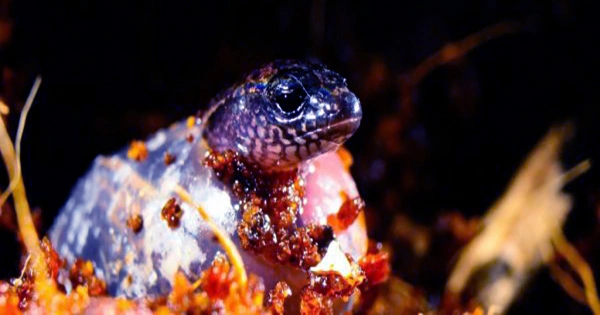A lizard family has accomplished the unthinkable by evolving to give birth to live offspring before returning to egg-laying. Surprisingly, the zoologists who saw this believe they may have discovered laying eggs many times.
“According to Dollo’s Law, once you lose something, it is extremely difficult to regain it.” “Species that adapt to cave living and lose their eyesight, for example, are extremely unlikely to regain it,” said Damien Esquerre, a student at the Australian National University, in a statement. This one, like most biological “laws,” isn’t as strictly enforced by nature as those of physics, but it’s nonetheless surprising to see it broken.
However, Esquerre claims in Evolution that the Liolaemus lizards have done this, maybe rather frequently.

Laying eggs is a common reptilian characteristic, yet it’s a horrible evolutionary strategy in cooler regions. Internal gestation facilitates keeping the following generation warm. An ancient lizard discovered this as the Andes mountain range climbed, and the Liolaemidae are their ancestors.
Liolaemidae populations split up on different mountain summits, or “sky islands,” and evolved into a slew of new species, some of which then made their way south and inhabited warmer plains. Indeed, the Andes have become a “species pump,” with 300 known Liolaemidae species living there and in adjacent regions now, and many more surely extinct.
Around half of these species reside in milder low-altitude areas and produce eggs. Because Liolaemidae do not incubate their eggs like birds, egg laying for them takes significantly less expenditure than keeping around live young, according to Esquerre. This allows them to have significantly more offspring, allowing for much faster growth. Female lizards will undoubtedly welcome not having to spend so much time pregnant.
The most exciting part of the research is the notion that egg-laying Liolaemidae do not all mature at the same time but rather develop independently in 3-8 branches of the family. However, Esquerre told IFLScience that this result is quite speculative and needs much more investigation to confirm.
Similarly, while we know which came first, the lizard or the egg, Esquerre said it is unclear how egg-laying resurfaced. After all, despite the benefits, no mammal has ever re-evolved egg-laying (monotremes have always had it), indicating that it is certainly not an easy process.
















